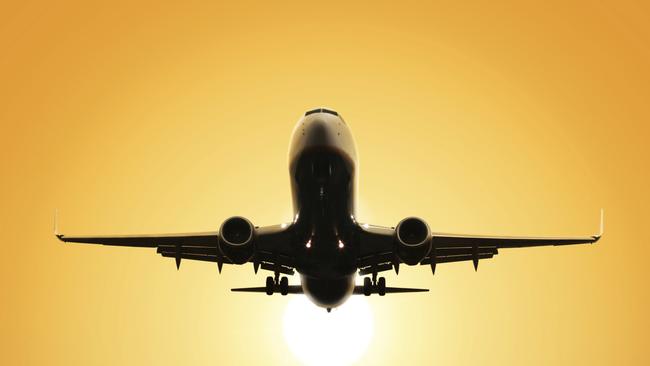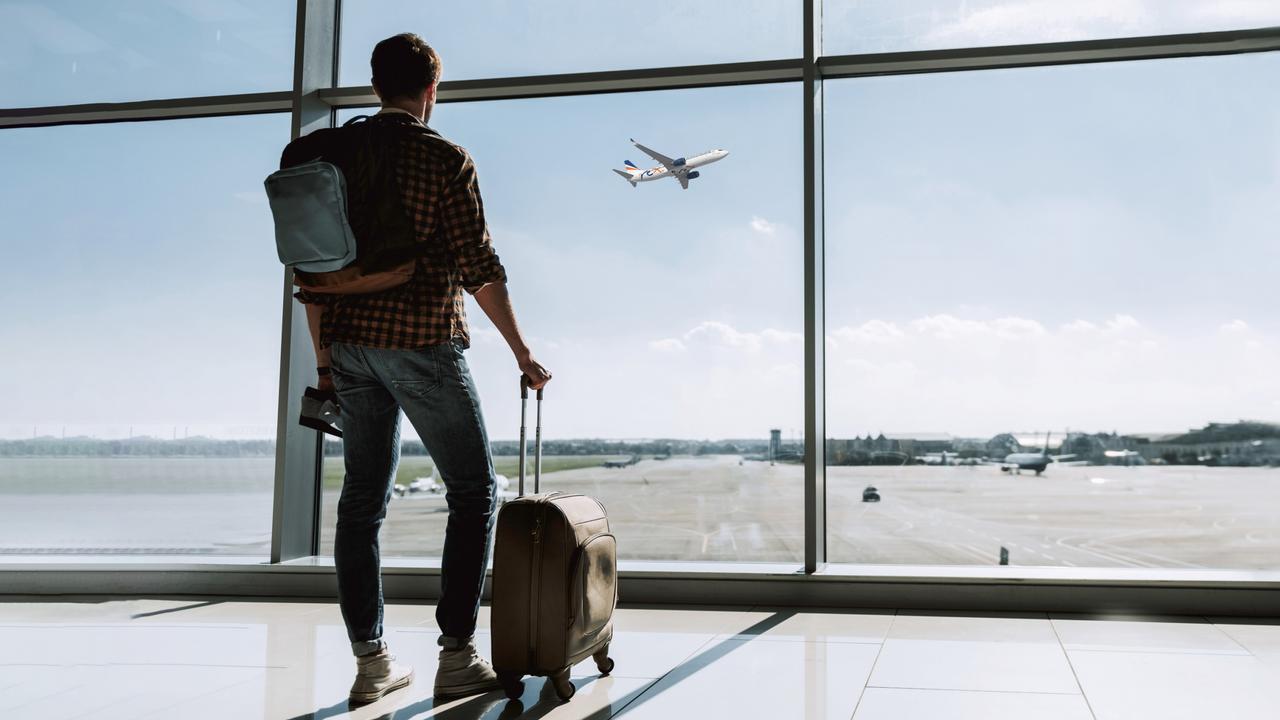Badgerys Creek noise ‘to impact on only a few’
Modelling for Sydney’s Badgerys Creek airport shows only 300 people would live under flightpaths considered unacceptably noisy.

Bill Shorten has promised to restrict the operation of the Badgerys Creek airport in Sydney’s west with a no-fly zone despite official modelling showing only 300 people would live under flightpaths considered unacceptably noisy.
The draft environmental impact statement for the second Sydney airport shows between 261 and 312 people live in areas which would be classified as considerably unacceptable.
The Opposition Leader has promised to introduce a night- time “no-fly zone” to the northeast of the airport despite the area having been designated an employment zone rather than residential.
Labor’s promise appears to be a compromise between those western Sydney MPs who want a complete night curfew and those who recognise the airport needs to be a 24-hour operation to compete with Brisbane, Melbourne and overseas airports, which have no curfews.
A curfew at Sydney Airport acts as a disincentive for airlines to establish services into the city.
A spokeswoman for Sydney Airport, which has the first right of refusal to operate Badgerys Creek, said: “This is a matter for government, which needs to do everything it can to set up the western Sydney Airport for success to enable it to deliver economic, jobs and tourism growth for western Sydney and NSW.”
Western Sydney Chamber of Commerce head David Borger said that although night-time operations would be a small part of the airport’s activity, it represented a big economic boost in itself, particularly for freight operations such as overnight deliveries to Asia.
The main political beneficiary of Labor’s no-fly zone would be Treasury spokesman Chris Bowen, whose seat of McMahon is north and east of the proposed runway layout, and to a lesser extent Labor frontbencher Ed Husic’s seat of Chifley.
Opinion polls show that the conventional political wisdom of Badgerys Creek airport being a negative is largely a myth.
A Galaxy poll of seven marginal seats in 2013 showed 65 per cent support for the airport.
Labor’s plan allows them to argue they are addressing voters concerns, but the airport’s draft EIS shows that these fears are largely unfounded.
The draft EIS predicts less than five aircraft will use the airport between midnight and 6am by 2030, by which time the airport will handle about 10 million passengers a year.
Even at the morning peak, the airport is expected to handle 20 aircraft movements an hour, about a quarter of Kingsford Smith’s maximum.
Labor’s infrastructure and transport spokesman Anthony Albanese denied the policy was just to appease voters, saying it would protect residents from night-time noise while allowing for economic benefits.
The draft EIS says that even in the most extreme of scenarios — a fully laden 747 using maximum thrust at take-off — only 10 houses to the southwest of the runway would be affected by the highest level of noise by 2050.
It also says 747s are likely to have been largely phased out of operation by then, replaced by quieter aircraft.



To join the conversation, please log in. Don't have an account? Register
Join the conversation, you are commenting as Logout